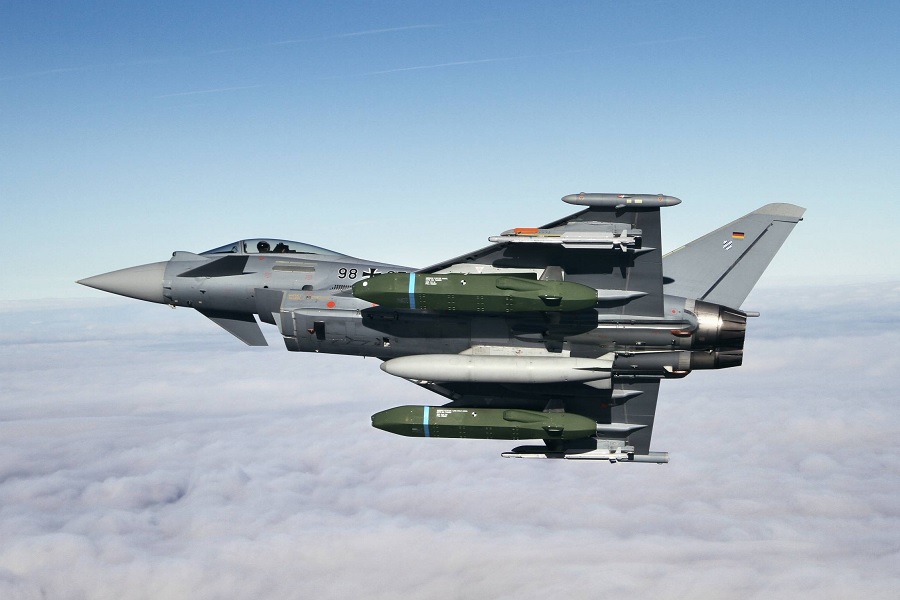“We are now fully operational and ready to ensure surveillance of our assigned airspace in the region,” said Lieutenant Colonel Sebastian S., detachment commander of the DCRC currently stationed at Ämari Air Base, Estonia.
Germany contributes to NATO’s enhanced Air Policing for the Baltic Allies with a flying unit – four Eurofighters from 74th Tactical Air Wing at Neuburg, Germany – and the ground-based DCRC from 3rd Control and Reporting Area at Schönewalde, Germany.
Tightly connected to the BALTNET data network and the NATO Integrated Air and Missile Defence System (NATINAMDS), the DCRC employs a grid of radar systems to track and identify all air movements in its area of responsibility. If needed, the operators can tactically control Allied weapon systems e.g. the German Eurofighters at Lielvarde, Latvia during alert and training scrambles under NATO Air Policing.
With the preparations and construction measures completed in March, the necessary technology was set up and connected. In the last few days, the team of the command post with the call sign Red Hawk conducted integration tests confirming it is ready to carry out its mission for NATO until the summer. From civil air traffic, local small aircraft to an unidentified aircraft in international airspace over the Baltic Sea, the radar systems of Red Hawk capture every track on the operator’s screens.
The many sub-areas in the DCRC work together. Through the interaction of specialists, each with different technology, the team creates, identifies and evaluates a detailed air picture. The aim of the deployment is to monitor both the airspace on NATO’s eastern flank and the tactical leadership of air operations of NATO’s Baltic Air Policing mission.
Conducting air operations safely is of paramount importance in the work. Close working relationships exist with the military air defence units of Estonia, Latvia and Lithuania and the civil air traffic control agencies in the Baltics.
Besides airspace surveillance the German DCRC at Ämari also supports training and exercises as an integral part of the operation. The team simulated various scenarios internally and with allies. This includes drills identifying unknown aircraft or controlling fighter jets during training intercepts.


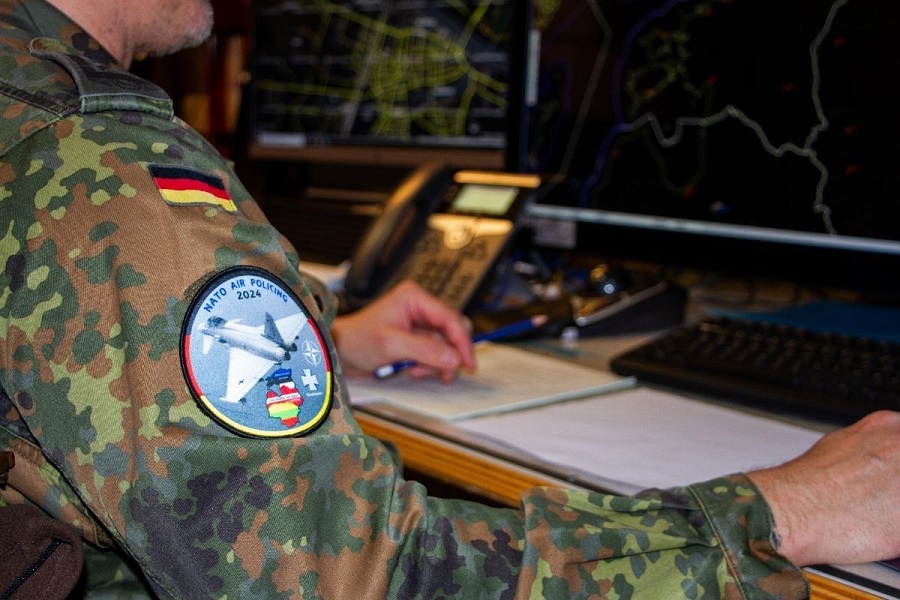



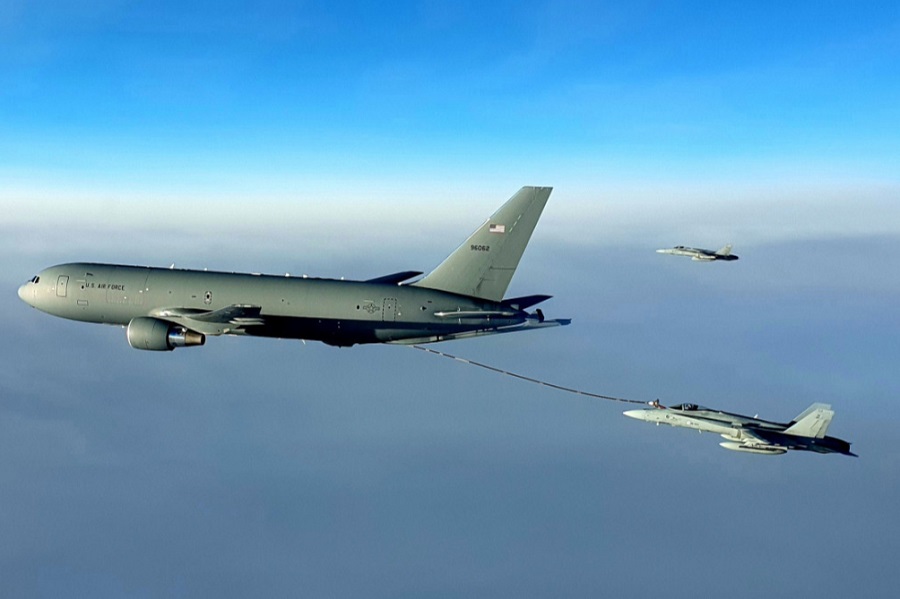
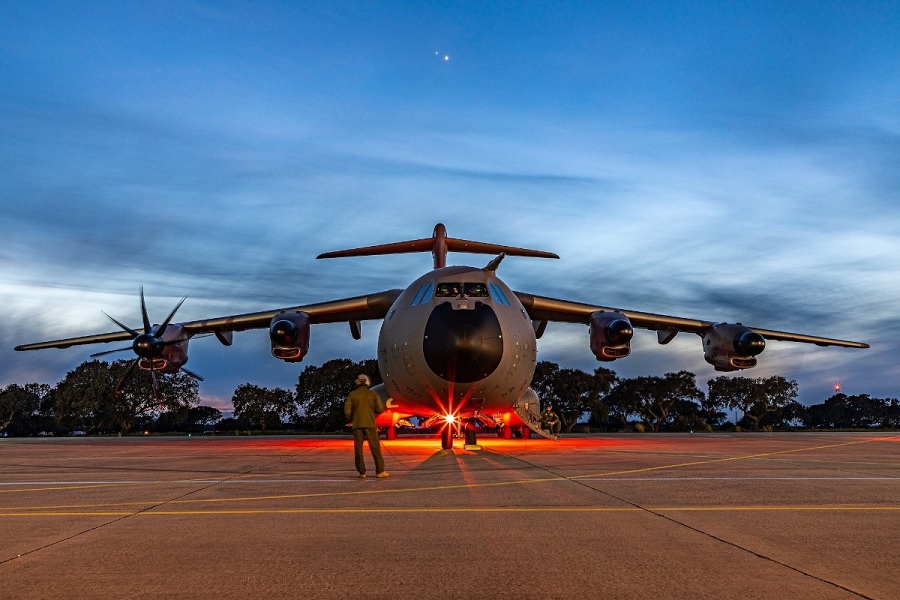
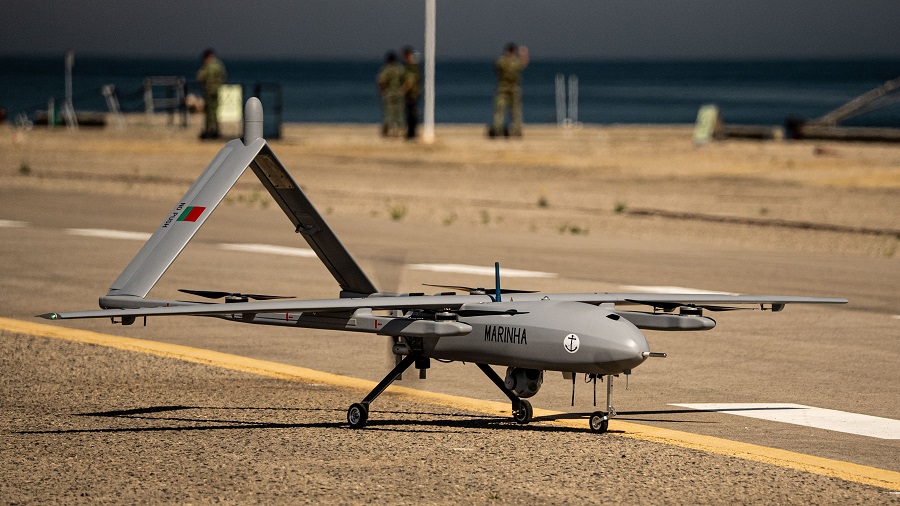





![Teledyne FLIR Defense unveils Rogue 1 loitering munition system [VIDEO]](https://defence-industry.eu/wp-content/uploads/2024/05/Teledyne-FLIR-Defense-unveils-Rogue-1-loitering-munition-system-VIDEO.jpg)











